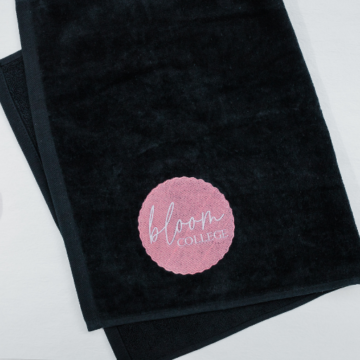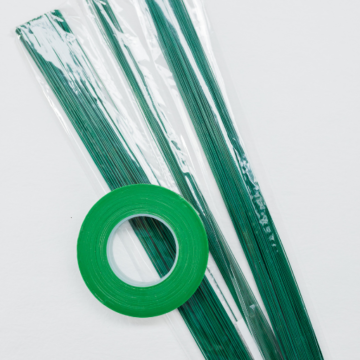Blog
The 7 Must Have Tools For Every Florist

Every successful florist needs the right tools for the job.
Florists are constantly arranging flowers, trimming stems, stripping thorns and all sorts of other tasks that the job requires. It’s not difficult to do this well, providing you have the right tools at your disposal.
These are our 8 must-have tools for every florist.
Snips

While garden snips are similar in appearance to your stock standard pair of scissors, snips come with a special spring that makes the repeated cutting motion a whole lot easier. Snips are not as powerful as secateurs; they’re used for trimming off wilting foliage and softer plant material. Snips can also be used for cutting florist tape, ribbons, wire, or other soft materials used for packaging flower arrangements. They’re your sturdy, all-round pair of gardening scissors essentially.
Secateurs

Sometimes known as pruning shears or hand pruners, secateurs are meant for pruning and cutting heavier plant material, such as heavy foliage or branches. The most common types of secateurs are Bypass or Anvil. Bypass types feature a fixed blade that the cutting blade slides past, minimising stem bruising. Anvil types have one blade that cuts onto a flat surface, minimising stem twisting. It’s a good idea to have both types in your floristry toolkit.
Floral Knife
Floral knives are small, hand-sized blades that allow for a sharp, clean cut, resulting in very little damage to the flower. These work best by holding the flower stem in one hand and the knife in your other hand, pulling away from yourself to cut. However, all florists are different, so it’s best to find a knife that fits well in your hand and try it out to find the technique that works best for you. Not all florists use knives, many opting for the safety of snips.
Hand towel

Hand towels are used to keep your bench dry just as much as your hands. The last thing you want to do is spoil beautiful wrapping paper by wrapping your bouquets and bunches on wet bench tops. Whilst arranging flowers your bench usually gets very wet. So a separate towel or towels to keep them dry is essential plus a separate one for your hands.
Floral Tape
Floral tape is pressure sensitive, non-sticky tape that sticks to itself when stretched. It is used for wrapping stems and lining the inside of your vases. While it comes in all sorts of colours, the green tape is particularly useful for disguising stems in a clear vase. It is also very handy for covering wires that help to hold your arrangement in place, or even binding the wires to the flower stems.

Florist Wire
Florist wire is a handy material to have when you’re trying to arrange your flowers in a certain way. It comes in different gauge types, which are important to keep in mind when deciding which to use. A higher gauge means the wire will be thinner and more flexible, while a lower gauge wire will be thicker and provide more support, with less flexibility. We recommend having .5, .7, and .9 gauge wires on hand.
Gloves

While gloves can make more precise movements a little trickier, we always recommend wearing them when handling your floral materials. Not only are you protected from a slip of your secateurs or a thorn prick, but also any harmful pesticides that may still be on your flowers.
Now, we know the world of floristry tools can be a little intimidating––where do you buy from? Which brands are the best quality? What will best suit my needs?
This is why we’ve put together a few tool starter packs, so you can grab everything you need in one go, whether you’re a total beginner or you’re looking to flesh out your current collection.

Any questions around floristry tools? Get in touch! We’d love to point you in the right direction.